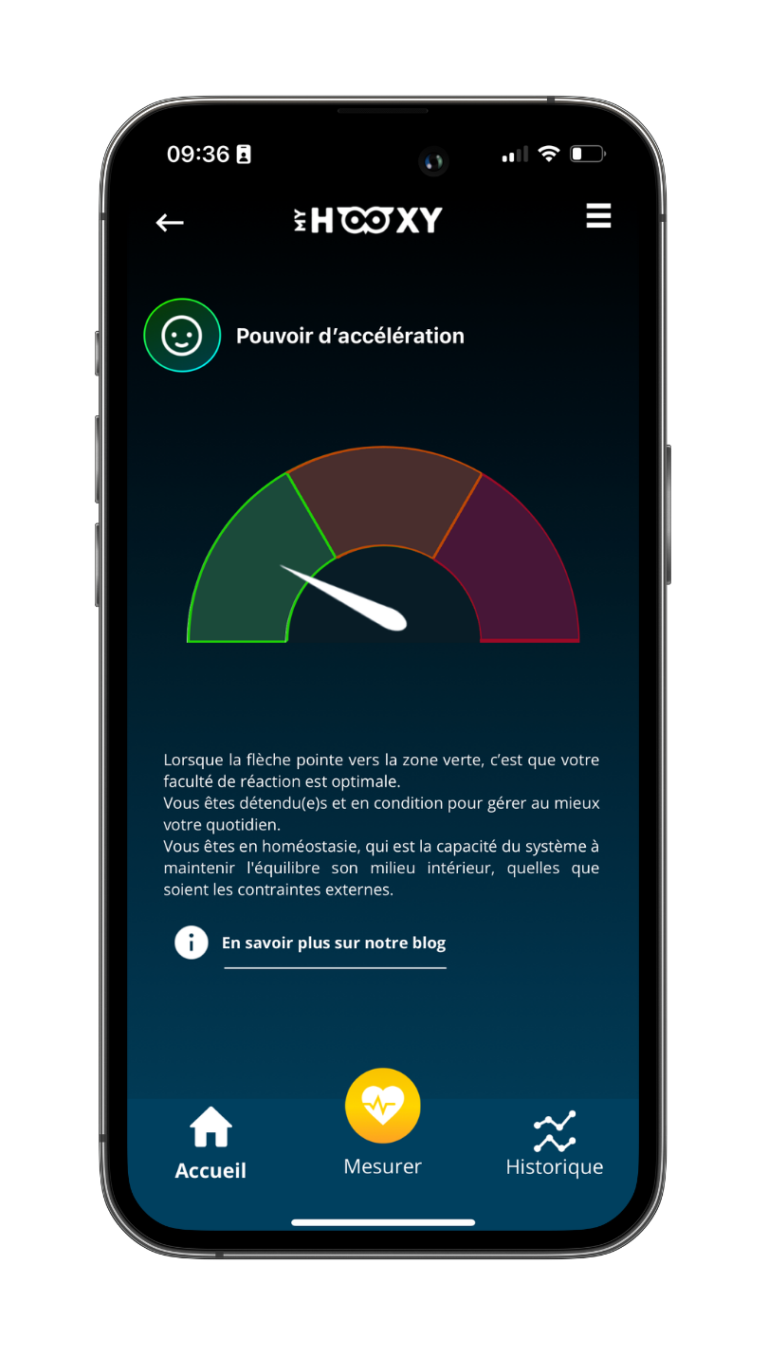
How to calm your sympathetic system
What is the sympathetic system?
The heartbeat is controlled by the autonomic nervous system (ANS), which regulates heart rate, blood pressure, breathing and digestion, among other things. This system comprises two main parts that work together to maintain the body’s equilibrium:
the sympathetic nervous system (the fight-or-flight mechanism)
-the parasympathetic nervous system (the rest and digestion response).

How does it work?
Danger or stress activates the sympathetic nervous system, releasing chemical messengers (neurotransmitters called norepinephrine, epinephrine and acetylcholine) from the nerves. This triggers a number of phenomena in the body, including accelerated heart rate and pumping of blood to parts of the body that need more oxygen. This improves eyesight, reflexes, stamina and strength.
The sympathetic nervous system is also activated when the body is subjected to physical stress, such as during exercise or in the event of illness.
Why would I want to modify the activity of my sympathetic system?
While it’s true that the sympathetic system plays an important role, everyday life and persistent stress can cause it to be active more often than necessary.
The resulting impact on health has been the subject of numerous studies, resulting in a very long list of health problems caused or aggravated by the fact that the fight-or-flight mechanism is always on. These include type II diabetes, heart rhythm disorders (arteriopathy, tachycardia, arrhythmia), anxiety disorders, cancer, nerve trauma, digestive problems (constipation) and vertigo.
HOW CAN I reduce the activity of my sympathetic system?
Although stress is omnipresent, you CAN take steps to reduce its impact on you. The sound advice to adopt a healthy lifestyle, with plenty of sleep and fresh fruit and vegetables, certainly helps to reduce sympathetic system activity.
In addition to these measures, researchers have discovered that breathing techniques, such as cardiac coherence, can also have a powerful influence on calming the sympathetic system.
What is cardiac coherence?
Cardiac coherence deserves special mention as a powerful, non-invasive technique for reducing the effects of stress. It has its origins in neuroscience and neurocardiology research at the HeartMath Institute, and has been used to improve the treatment of psychological disorders (depression, chronic insomnia, anxiety), as well as in the prevention of cardiovascular disease.
The principle of cardiac coherence is an exercise called 3-6-5. Ideally, the exercise is performed 3 times a day, taking 6 deep breaths per minute for 5 minutes. Spreading the exercises throughout the day (morning, noon and evening) helps to calm the system regularly under the effect of the day’s various stimuli.
For this technique to be effective, it’s important to breathe the right number of times per minute, and to ensure that the breaths are deep. MyHooxy helps you perform these exercises quickly and easily, with real-time feedback. It has a special function that guides you through these exercises and gives you real-time feedback, enabling you to control the effects of stress on your body.
Don’t forget : Early detection is the key to better heart health in the future.